
- •CHAPTER - 1
- •PIPING MATERIAL SELECTION & CHARACTERISTICS
- •1. Pipe Material Selection
- •1.1. Selection Criteria
- •1.1.1. Service Life
- •1.1.2. Code Requirements
- •1.1.3. Allowable Stresses
- •1.1.4. Design Temperature
- •1.1.5. Design Pressure
- •1.1.6. Corrosion
- •1.1.7. Economics
- •1.2. Characteristics of Piping Materials
- •1.2.1. Strength
- •1.2.2. Young’s Modulus (Modulus of Elasticity)
- •1.2.3. Stress-Strain Curve
- •1.2.4. Yield Point or Yield strength
- •1.2.5. Ultimate strength
- •1.2.6. Modulus of Elasticity
- •1.2.7. Ductility
- •1.2.8. Malleability
- •1.2.9. Hardness
- •1.2.10. Brittleness
- •1.2.11. Toughness
- •1.2.12. Creep
- •MATERIALS – METALLIC PIPING
- •2. METALLIC PIPES
- •2.1. Piping Material Specifications – ASME/ASTM
- •2.2. ASTM Material Designation
- •2.3. Pipe Grades
- •2.4. Carbon Steel (CS) Pipes
- •Characteristics
- •Applications
- •Standards
- •2.5. Killed Carbon Steel Pipes
- •2.6. Alloy Steel Pipes
- •2.6.1. Low Alloy Steel Characteristics
- •Standards - Pipes
- •2.6.2. High Alloy Steel Characteristics
- •2.7. Chromium Steel Pipes
- •2.8. Stainless Steel Pipes
- •2.8.1. Categories of stainless steels
- •2.8.2. Austenitic Stainless Steels
- •2.8.3. Ferritic Stainless Steel
- •2.8.4. Duplex and Super Duplex Steel
- •2.8.5. Martensitic Stainless Steels
- •2.8.6. Precipitation Hardening Stainless Steel
- •2.9. Cast Iron (CI) Pipes
- •2.10. Nickel and Nickel Alloys
- •2.11. Titanium
- •2.12. Zirconium
- •Some of the common service applications of Zirconium Piping include:
- •2.13. Chrome - Moly
- •2.14. Brass
- •2.15. Aluminium
- •2.16. Copper
- •2.17. Boiler and Heater Tubes
- •CHAPTER - 3
- •SPECIAL PIPING MATERIALS
- •3. PIPING MATERIALS FOR SPECIAL APPLICATIONS
- •3.1. Piping for High Temperature Service
- •3.2. High Temperature Materials
- •3.4. Cold Temperature Materials
- •3.6. Piping for Hydrocarbon Service
- •3.7. Typical Piping Specifications for Various Hydrocarbon Services
- •3.7.2. Sour Water Services
- •3.7.3. Hydrogen Exposure
- •3.7.4. Offshore Environment
- •3.7.5. Sulfides, Sulfurous Gases & Sulfur Environment
- •3.7.6. Oxidation
- •3.7.7. Halogenation Environments
- •3.7.8. Carburizing Environments
- •3.7.9. Nitriding
- •3.7.10. Amine Environment
- •3.7.11. Caustic Environment
- •3.7.12. Corrosion by Acids
- •3.7.13. Corrosion by Salts
- •3.7.14. Chloride Environment
- •3.7.15. Water Corrosion
- •3.7.16. Microbiological Induced Corrosion (MIC)
- •3.8. Applications for Cooling Water and Fire Water Systems
- •3.9. Measures for Corrosion Protection
- •3.9.1. External Corrosion Protection
- •3.10. Material Traceability
- •3.11. Material Test Reports (MTR)
- •3.12. Quality Assurance (QA)
- •3.13. Material Certificates
- •MATERIALS – UNDERGROUND PIPING
- •4. BURIED PIPING
- •4.1. Ductile Iron Pipe
- •4.2. Plastic Pipes
- •4.3. Types of Plastic Pipes
- •4.3.1. Thermoplastics
- •4.3.2. Thermoset Plastics
- •4.4. PVC Pipes
- •4.5. ABS (Acrylonitrile Butadiene Styrene)
- •4.6. Polypropylene (PP) Pipe
- •4.7. Polyethylene (PE) Pipe
- •4.8. PTFE (TEFLON) and PFA Pipe
- •4.9. Plastic Pipe Terminology
- •4.10. Plastic Pipe Designation
- •4.11. Standard Diameters
- •4.12. Dimension Ratio (DR)
- •4.12.1. Standard Dimension Ratio (SDR)
- •4.13. Pressure Rating
- •4.15. Plastic Pipe Standards
- •4.16. HDPE v/s PVC
- •4.17. Standard Sizes
- •4.18. Standard Lengths
- •4.19. Lined Piping
- •4.20. Cost Comparisons
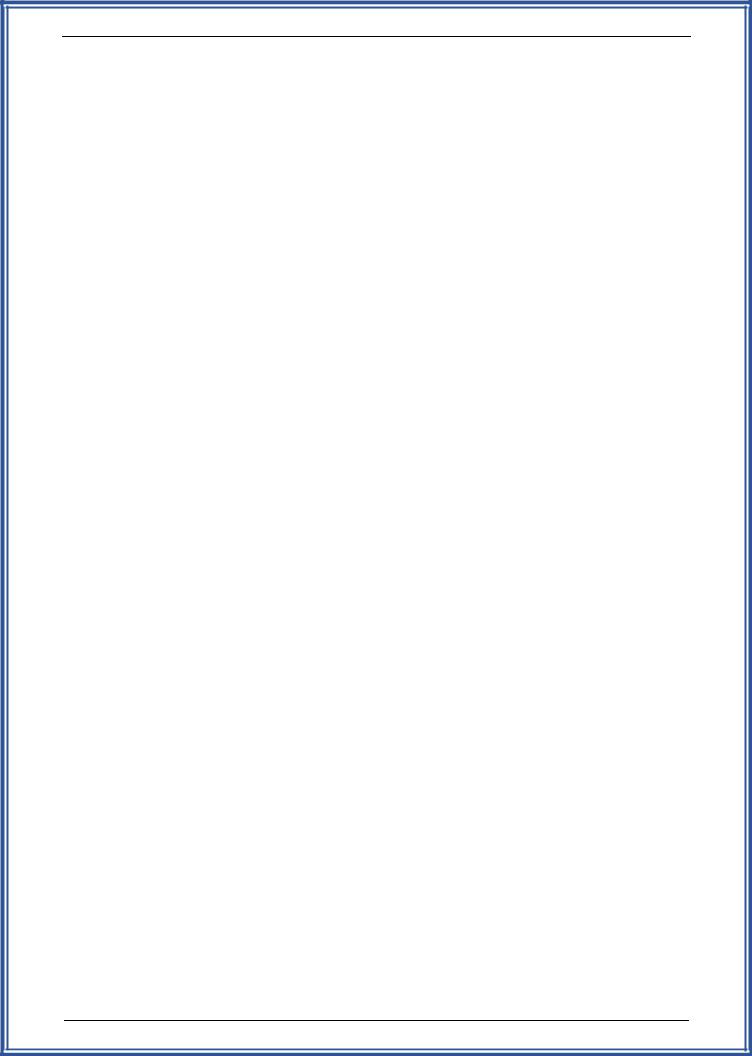
Process Piping Materials – Module 2 – M06-036
their 73°F strength, compared to a PVC pipe which loses nearly 80% of its 73°F strength when placed in service at 140°F. As a result, PE pipe materials can be used for a variety of piping applications across a very broad temperature range.
4.17.Standard Sizes
Most plastic piping products are manufactured from 1/4” (6 mm) diameter through 120” (3050 mm) diameter under applicable industry standards (ASTM, AWWA, etc.) for pressure and non-pressure applications. HDPE pipe is available both in iron pipe (IPS) and ductile iron pipe sizes (DIPS). IPS sized HDPE pipe has the same outside diameter as black iron or carbon steel pipe.
4.18.Standard Lengths
Standard straight lengths for extruded pipe are 40 feet long; however, shorter lengths or lengths 60 feet long or longer, depending on transportation restrictions, may be produced.
4.19.Lined Piping
Metallic pipe is strong and easy on cost and work. CS is most common material, but its corrosion resistance is very poor. Stainless steel scores better in corrosion resistance but is expensive.
Lined pipes combine the mechanical strength of steel and the corrosion resistance of plastics. They have wide operating range from -18 to 500°F (-28 to 260°C), offer low pressure drop and available in sizes ½” through 12” and beyond. Liners can be bonded and locked or loose lined. Bonded plastic line pipe can operate at full vacuum. Pipes are generally flanged in lengths of 20 ft. (6 meters) with the lined material protruding onto the flange faces. A wide range of linings are available to choose from:
x Polypropylene (PP)
x PTFE
x Rubber can be natural or synthetic such as Neoprene, Hypalon, Butyl, Chlorobutyl, Nitrile, EPDM etc.
x Glass lined pipes are used for extreme corrosion protection.
x Cement mortar lined pipes were used traditionally for water and sewerage transport. HDPE has taken over in water transport so cement mortar lines are hardly used.
82
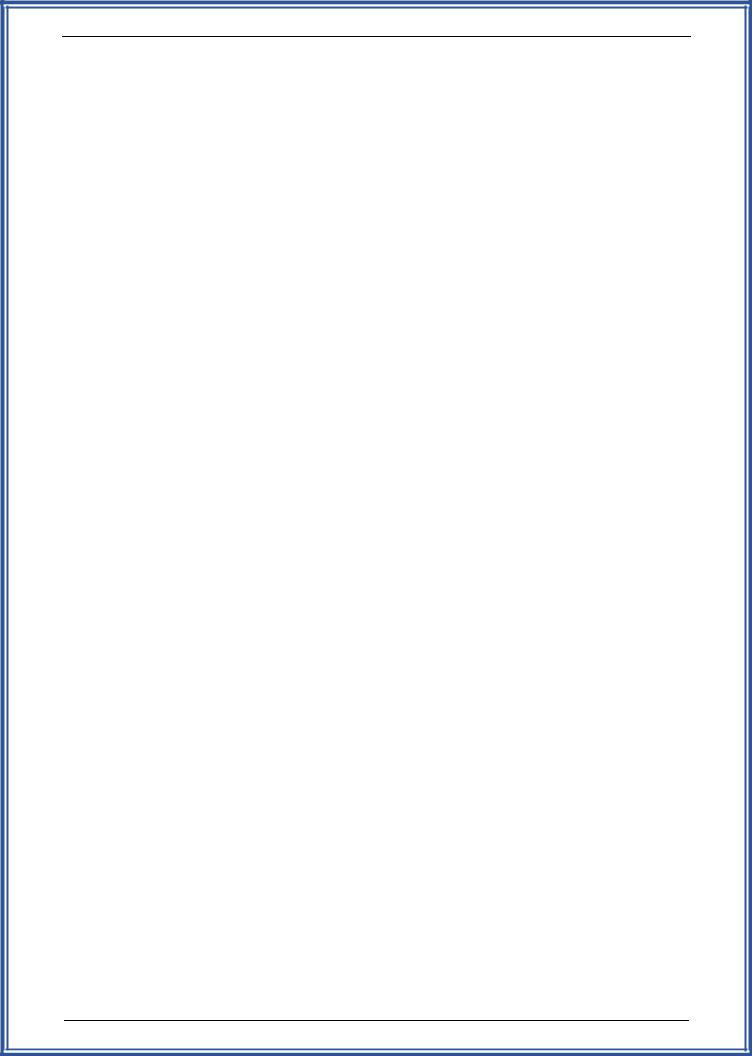
Process Piping Materials – Module 2 – M06-036
PVC and CPVC are rarely used as lining material because of low temperature range. However they are widely used as a straight pipe in most domestic water applications.
4.20.Cost Comparisons
Costs for piping comparisons should include both the costs of the materials as well as the construction costs. The pipe cost is usually given in dollars per unit length, traditionally in dollars/linear foot, plus the costs of the fittings, connections and joints. Construction costs will depend on the type of digging necessary, special field equipment requirements, and an allowance for in-field adjustments to the system. Access to pipe systems will also be a relevant cost factor, as manhole spacing is dependent on pipe size.
The table below provides a sample typical average cost for sanitary sewers (excluding service connections and manholes). The cost per linear foot in the table is based on an average trench depth of eight feet and excludes service connections and manholes.
Average Cost/Linear foot by pipe diameter (2005 data)
Pipe |
2" |
4" |
6" |
8" |
12" |
15" |
18" |
24" |
Material |
|
|
|
|
|
|
|
|
Concrete |
- |
- |
$25 |
$30 |
$38 |
$50 |
$65 |
$110 |
Ductile |
- |
- |
- |
$38 |
$50 |
N/A |
$75 |
$110 |
Iron |
|
|
|
|
|
|
|
|
PVC |
$15 |
$19 |
$23 |
$25 |
$30 |
$38 |
$50 |
$75 |
PE |
- |
$7 |
$12 |
$14 |
$9* |
- |
$16* |
- |
FRP |
$21 |
$30 |
$42 |
$60 |
- |
- |
- |
- |
Summarizing:
Plastic pipes are widely used today. Some characteristics are underlined below:
x Plastic pipes can be used in a wide temperature range of -76 to 140°F and have an estimated service life of conservatively 50 to 100 years.
x The coefficient of thermal expansion for unrestrained polyethylene is very high, about 10 times that of steel. An approximate “rule of thumb” is 1/10/100, that is, 1 in for each 10°F change for each 100 ft of pipe. This is a significant length change compared to other piping materials and should be taken into account when designing unrestrained piping such as surface and above grade piping. A temperature rise results in a length increase while a temperature drop results in a length decrease.
83
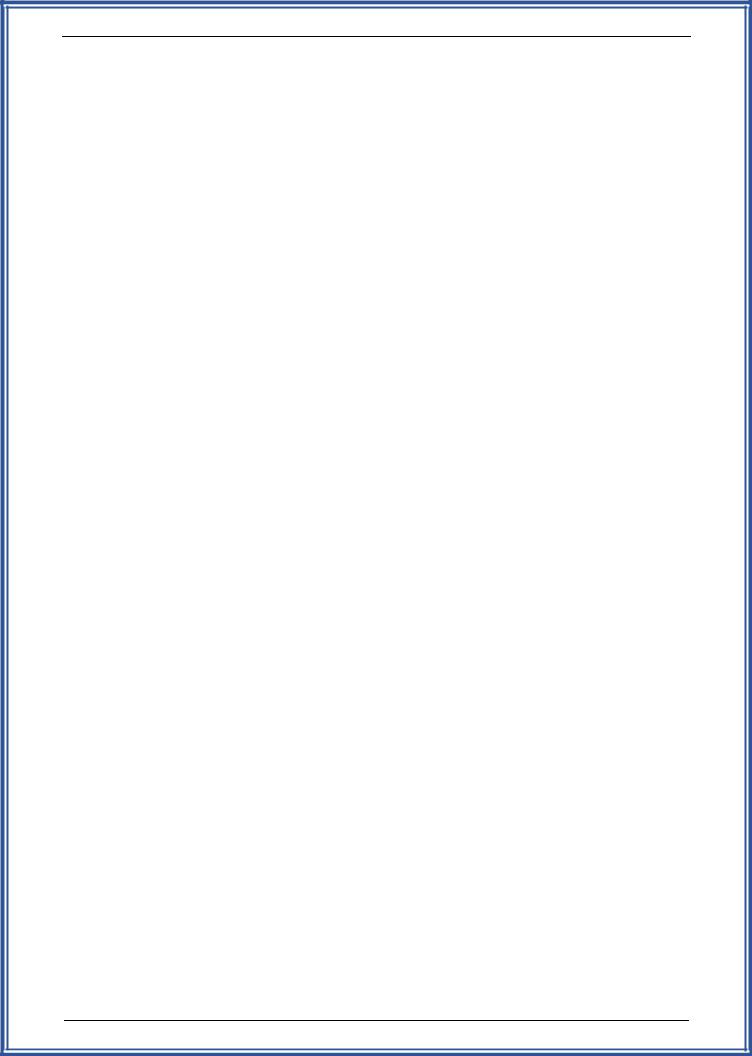
Process Piping Materials – Module 2 – M06-036
x HDPE material exhibits a lot of advantages over traditional materials for pressure pipe applications. These pipes can be easily welded by butt fusion or electro-fusion coupler which creates a leak free joint stronger than the pipe itself.
x HDPE is preferred over steel or PVC tubes as it tends to rip or tear in a malfunction instead of shattering and becoming shrapnel like the other materials.
x HDPE can carry potable water, wastewater, slurries, chemicals, hazardous wastes and compressed gases. It is currently the most recommended material for municipal water transport, as it will not support biological growth.
x HDPE is NOT recommended for sanitary sewer gravity installations because the flexible properties of the pipe can cause dips in the gravity runs.
This completes the 2nd module of the 9 module series. Please refer to the other course modules in Annexure -1.
84
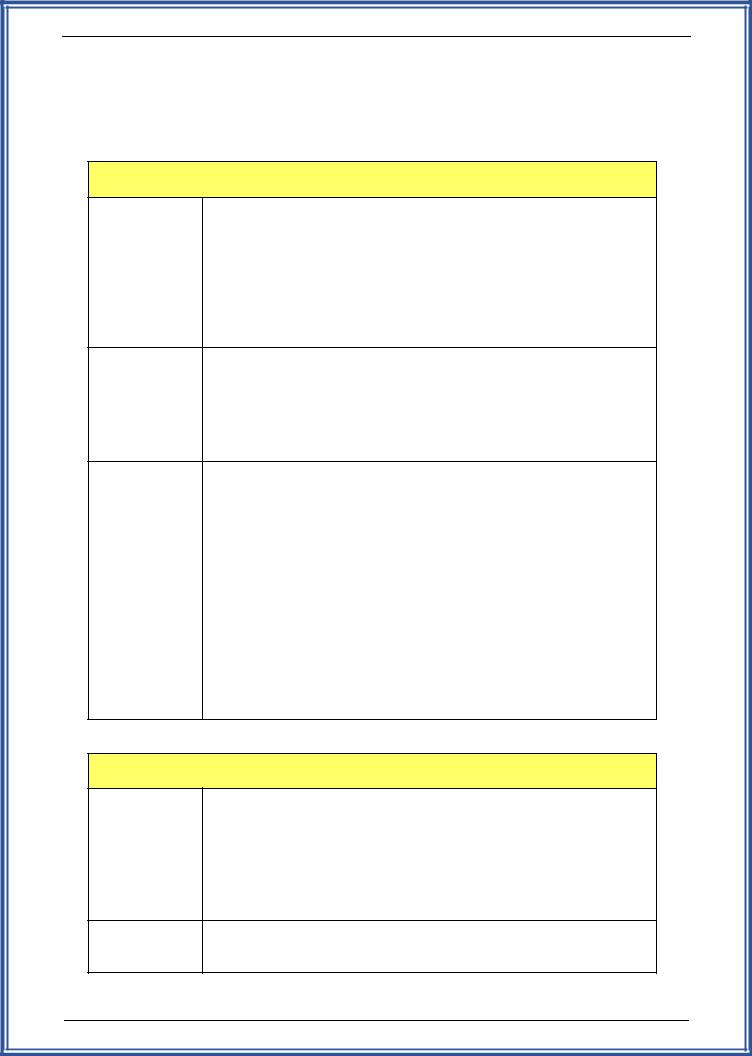
Process Piping Materials – Module 2 – M06-036
Annexure -1
DESCRIPTIONS OF ALL PIPING COURSES
MODULES 1 to 9
MODULE 1: PROCESS PIPING FUNDAMENTALS, CODES AND STANDARDS
CHAPTER -1: THE BASICS OF PIPING SYSTEM
This chapter covers the introduction to the pipe sizes, pipe schedules, dimensional tolerances, pressure ratings, frequently used materials, criterial for material selection, associations involved in generating piping codes, design factors depending on fluid type, pressure, temperature and corrosion, roles and responsibilities of piping discipline, key piping deliverables and cost of piping system.
CHAPTER – 2: DEFINITIONS, TERMINOLOGY AND ESSENTIAL VOCABULARY
This chapter provides essential definitions and terminology, each piping engineer and designer should familiar with. This is based on the Author’s experience on the use of vocabulary in most design engineering, procurement and construction (EPC) companies.
CHAPTER – 3: DESIGN CODES AND STANDARDS
This chapter discusses the associations involved in generating piping codes and material specifications. It provides description of various ASME pressure piping codes such as B31.1 Power Piping, B31.3 Process Piping, B31.4 Pipeline Transportation Systems for Liquid Hydrocarbons, B31.5 Refrigeration Piping and Heat Transfer Components, B31.8 Gas Transmission and Distribution Piping Systems, B31.9 Building Services Piping and B31.11 Slurry Transportation Piping Systems. It also provides information on the associations involved in material specifications such as API - American Petroleum Institute Standards, ASTM – American Society of Testing Materials, ASME Piping Components Standards, American Welding Society (AWS), American Water Works Association (AWWA) and EN – European Standards.
MODULE 2: PROCESS PIPING MATERIALS
CHAPTER -1: PIPING MATERIAL SELECTION & CHARACTERISTICS
This chapter discusses about the selection criteria for piping materials covering service life, temperature, and pressure and corrosion considerations. It discusses the characteristics of piping materials required to prevent failures resulting from the environment, normal operation time exposure and upset conditions.
CHAPTER – 2: MATERIALS – METALLIC PIPING
This chapter discusses the most commonly used ASTM material
A-1
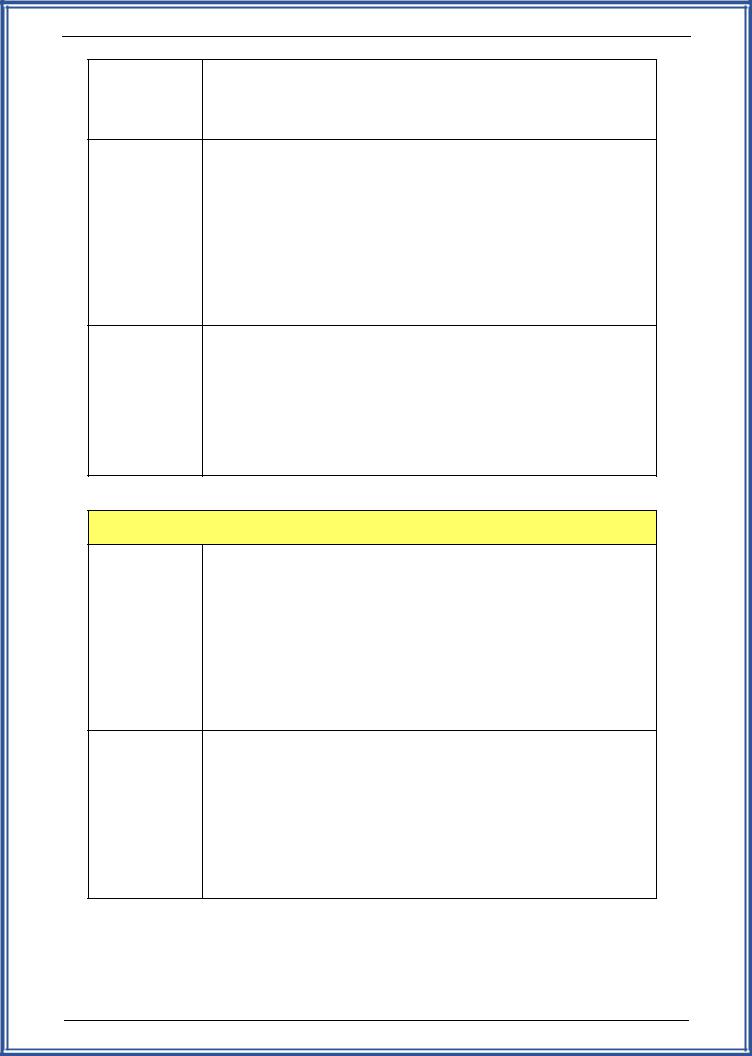
Process Piping Materials – Module 2 – M06-036
designation standards for Carbon Steel, Stainless Steel, Alloy Steels,
Duplex Steel, Cast Iron, Copper, Aluminum; Titanium and other materials. It gives the pertinent information of all relevant ASME/ASTM codes and standards highlighting the applications these are suited for.
CHAPTER -3: SPECIAL PIPING MATERIALS
This chapter discusses some specific considerations to piping selection for extreme high and cold temperatures. It provides specific information for hydrocarbon industry and the piping selection issues for mitigating the effects of Wet CO2 corrosion, Hydrogen exposure, Offshore environment, Sulfides and Sulfurous Gases, Halogenation Environments, Carburizing, Nitriding, Sulfur, Amine, Caustic and Chloride environment. Other applications include the cooling water, fire water, sour water services and Microbiological Induced Corrosion (MIC).
CHAPTER – 4: MATERIALS – UNDERGROUND PIPING
This chapter discusses the piping materials for underground services, including ductile iron, concrete pipes, plastic materials such as polyvinyl chloride (PVC), chlorinated polyvinyl chloride (CPVC), fiber reinforced plastic (FRP), reinforced polymer mortar (RPMP), polypropylene (PP), High density polyethylene (HDPE), cross-linked high-density polyethylene (PEX), polybutylene (PB), and acrylonitrile butadiene styrene (ABS).
MODULE 3: PROCESS PIPING HYDRAULICS, SIZING AND PRESSURE RATING
CHAPTER -1: PIPELINE HYDRAULICS
This chapter covers basic hydraulics definitions, terminology and flow characteristics in pipe. It discusses the various flow conditions, continuity equation, Bernoulli's equation, flow regimes, laminar flow & turbulent flow, Reynold’s Number (Re) and Moody’s Chart for hydraulic line sizing. Procedures are included for calculating pressure drop considerations using the Darcy–Weisbach Equation and Hazen–Williams Equation. Finally, it covers the economic pipe sizing based on least annual cost approach.
CHAPTER – 2: DESIGN OF PRESSURE PIPING
This chapter deals with the methods to compute the pipe wall thickness. It describes the design conditions, pressure-temperature relationships, allowable stresses, theories of failure and the importance of hoop stress and longitudinal stress in pressure pipe sizing. It gives the pertinent information of all relevant ASME/ASTM codes and thickness allowances with examples. It includes an annexure at the end, which provides some solved examples.
A-2

|
|
|
Process Piping Materials – Module 2 – M06-036 |
|
|
|
|
|
|
|
MODULE 4: |
PROCESS PIPING JOINTS, FITTINGS AND COMPONENTS |
|
|
|
|
|
|
|
|
CHAPTER -1: |
|
JOINTS AND FITTINGS |
|
|
|
|
This chapter describes the various types of pipe joints (weld, socket, |
|
|
|
|
thread, flanged), fittings (bends, elbow, tees, reducers, Stub ends, |
|
|
|
|
couplings, cross, cap, plug and nipples), Special pipe olets (weldolets, |
|
|
|
|
sockolets, threadolets, elbowlets, latrolets), expansion joints, strainers |
|
|
|
|
and traps. It discusses the criteria for the selection, and provides |
|
|
|
|
reference to the relevant ASME codes. Standard symbols and |
|
|
|
|
abbreviations are also shown. |
|
|
|
|
|
|
|
CHAPTER – 2: |
|
FLANGES, GASKETS & BOLTS |
|
|
|
|
This chapter covers the flanges, gaskets and bolts. It discusses the |
|
|
|
|
pressure rating concept for flanges, the types of flanges including weld |
|
|
|
|
neck, slip-on type, socket weld, reducing flange, lap joint, blind flange |
|
|
|
|
and orifice flanges. The selection recommendation for flat face, raised |
|
|
|
|
face and ring type flange is discussed. Selection criteria for different types |
|
|
|
|
of gaskets, bolts and fasteners, their standards, the advantages and |
|
|
|
|
limitations of each are provided. Reference of relevant ASME codes and |
|
|
|
|
their proper service applications in pressure piping applications is |
|
|
|
|
provided. |
|
|
|
|
|
|
|
CHAPTER – 3: |
|
VALVES |
|
|
|
|
This chapter describes the various types of valves and their applications. |
|
|
|
|
The characteristics, ratings, advantages and disadvantages of most |
|
|
|
|
commonly used valves such as gate valve, ball valve, globe valve, |
|
|
|
|
butterfly valve, check valve, diaphragm valve and various safety relief |
|
|
|
|
valves are provided. The material of construction and selection criteria is |
|
|
|
|
covered. Reference of relevant ASME codes and their proper service |
|
|
|
|
applications in pressure piping applications is provided. |
|
|
|
|
|
|
MODULE 5: PROCESS PIPING MATERIALS MANAGEMENT
CHAPTER -1: PIPING MATERIAL MANAGEMENT
The chapter describes the various inputs to the piping material activities such as the type of fluid service as per ASME B31.3, Process Flow Diagrams (PFD’s), Piping and Instrumentation Diagrams (P&ID’s), the line lists, the equipment data sheets and the nozzle schedules.
CHAPTER – 2: PIPING DESIGN CRITERIA
This chapter covers some good engineering practices to aid piping engineers and designers to carry out the design activities. It discusses the engineering guidelines for pipes, fittings, valves, insulation, corrosion, supports and anchors, expansion and contraction, vents and drains, utility stations, pipe line welding, non-destructive examination and heat tracing. Reference is made to appropriate codes and standards.
A-3

|
|
Process Piping Materials – Module 2 – M06-036 |
|
|
|
|
|
|
CHAPTER– 3: |
PIPING MATERIAL SPECIFICATION (PMS) |
|
|
|
This chapter describes how PMS is generated, typical format of material |
|
|
|
specification; line numbering system, pipe class designation, fluid service |
|
|
|
designation, insulation service and piping material index. |
|
|
|
|
|
|
CHAPTER– 4: |
PIPE FABRICATION AND INSTALLATION |
|
|
|
This chapter describes the difference between the field fabrication, shop |
|
|
|
fabrication for generating spools and modular skid fabrication. It |
|
|
|
discusses the pros and cons of installation approaches and the technical |
|
|
|
requirements for shop fabrication. |
|
|
|
|
|
|
CHAPTER– 5: |
MATERIAL REQUISITION AND CONTROL |
|
|
|
This chapter describe the different stages of material take-offs, roles and |
|
|
|
responsibilities of procurement vs engineering, preparation of material |
|
|
|
requisition, technical requirements for materials, inspection and testing |
|
|
|
requirements, quality assurance plan, material traceability requirements, |
|
|
|
certification, storage and handling requirements, different attachments |
|
|
|
to material requisition and testing requirements. |
|
|
|
|
|
|
CHAPTER– 6: |
BID TABULATION |
|
|
|
This chapter describes the process of technical evaluation, commercial |
|
|
|
evaluation, qualifying criteria for bidders, purchase order and vendor |
|
|
|
document review and approval process. |
|
|
|
|
|
MODULE 6: PROCESS PIPING PLANT DESIGN AND LAYOUT
CHAPTER -1: PLANT DESIGN AND LAYOUT
This chapter describes the need for the Plot Plan, key issues and challenges. It discusses the key features in the development of a plot plan: Terrain, Throughput, Safety and Environment. It provides guidance on how to demarcate site area for process equipment, utilities and service buildings.
CHAPTER – 2: EQUIPMENT LAYOUT
This chapter covers the equipment layout principles to carry out the design activities. It provides the engineering guidelines for locating process equipment, utilities, loading and unloading facilities, piperacks and sleepers. It discusses the clearance and accessibility for crane, forklift, tube bundle pulling, and the different equipment such as process vessels, pumps, heat exchangers, furnaces (Fired Heaters), compressors, tank farms and LPG storage tanks. Reference is made to appropriate codes and standards.
CHAPTER– 3: OSHA GUIDELINES FOR STAIRS, LADDERS AND PLATFORMS
This chapter discusses the OSHA guidelines for Stairways, Handrails, Ladders (portable and fixed type), Cages and Wells, Safety Devices, and
A-4
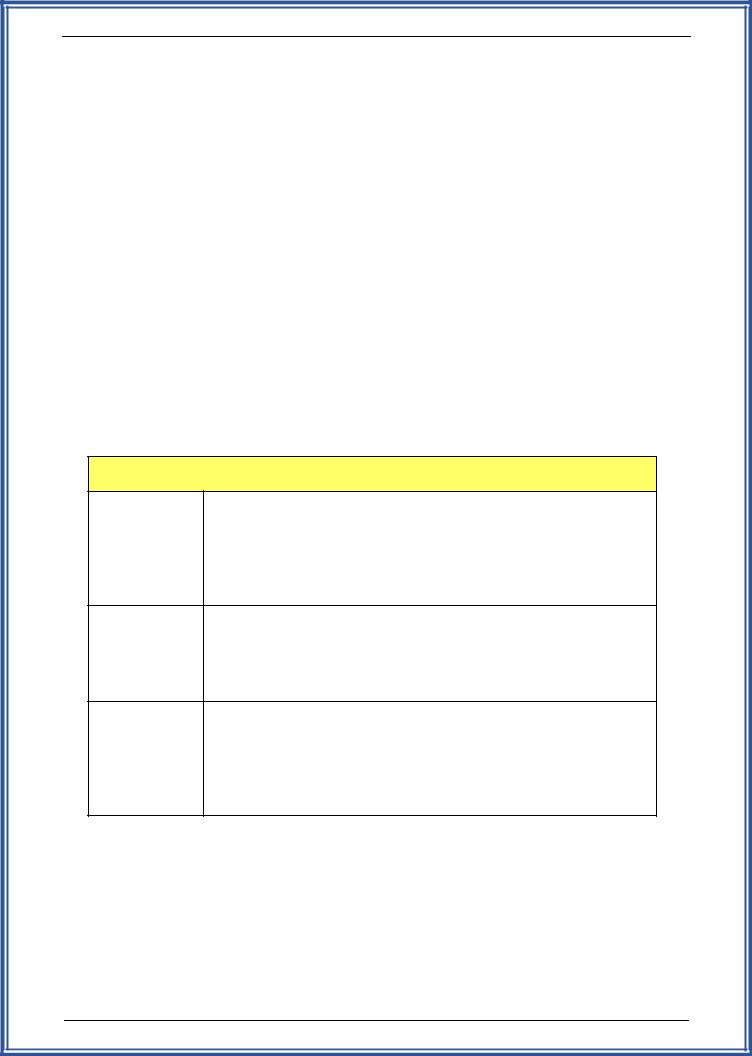
Process Piping Materials – Module 2 – M06-036
|
the layout and access requirements for Platforms (Ladders and Stairs). |
|
|
CHAPTER– 4: |
PIPING LAYOUT |
|
This chapter describes the basic principles of piping layout covering, |
|
safety, grouping, interferences, supports, pipe ways and rack piping. It |
|
discusses the offsite and yard piping, underground piping, utility stations, |
|
hose stations etc. The chapter provides system specific information for |
|
fire protection, compressed air, steam distribution, fuel oil systems. It |
|
also provides equipment specific guidelines for Control valves, Relief |
|
valves, Strainers, Instrumentation, Column/Tower and Vessel Piping, |
|
Heat Exchanger Piping, Cooling Towers, Heater/Furnace Piping, Pump |
|
Piping, Compressor Piping, Turbines and Flare Piping. |
|
|
CHAPTER– 5: |
PIPING DRAWINGS |
|
This chapter describes the various type of piping drawings, Orthographic |
|
Plans, Piping Isometric Drawings and Spool Isometrics. It provides |
|
information on the piping arrangement in 3-D Models, CAD layout in 2-D |
|
and 3-D environment, stages of model review, database capabilities and |
|
3-D software tools. |
|
|
MODULE 7: PROCESS PIPING SUPPORTS AND COMPONENTS
CHAPTER -1: OVERVIEW OF PIPE SUPPORTS
This chapter provides an overview of pipe supports. It introduces readers to the function of supports; primary supports and secondary supports including hangers, restraints and braces. It discusses the necessary input and design steps for the selection of supports.
CHAPTER – 2: PRIMARY SUPPORTS
This chapter discusses yard piping and differentiates between piperacks and sleepers. It discusses the various configurations of piperacks and their layout requirements.
CHAPTER– 3: SECONDARY SUPPORTS
This chapter discusses the type of supports including rigid hangers, variable spring hangers, constant hangers, pipe shoes, various types of clamps, saddles, trunnion supports, roller supports, different types of brackets, restraints, snubbers, struts, braces, PTFE slide bearings etc.
MODULE 8: |
PROCESS PIPING STRESS ANALYSIS |
|
|
|
|
CHAPTER– 1: |
|
FAILURE ANALYSIS |
|
|
This chapter discusses the material characteristics, strength, stress-strain |
|
|
curve, yield point, modulus of elasticity and relationship of elastic |
|
|
properties. It discusses various types of pipe failures and common causes |
A-5
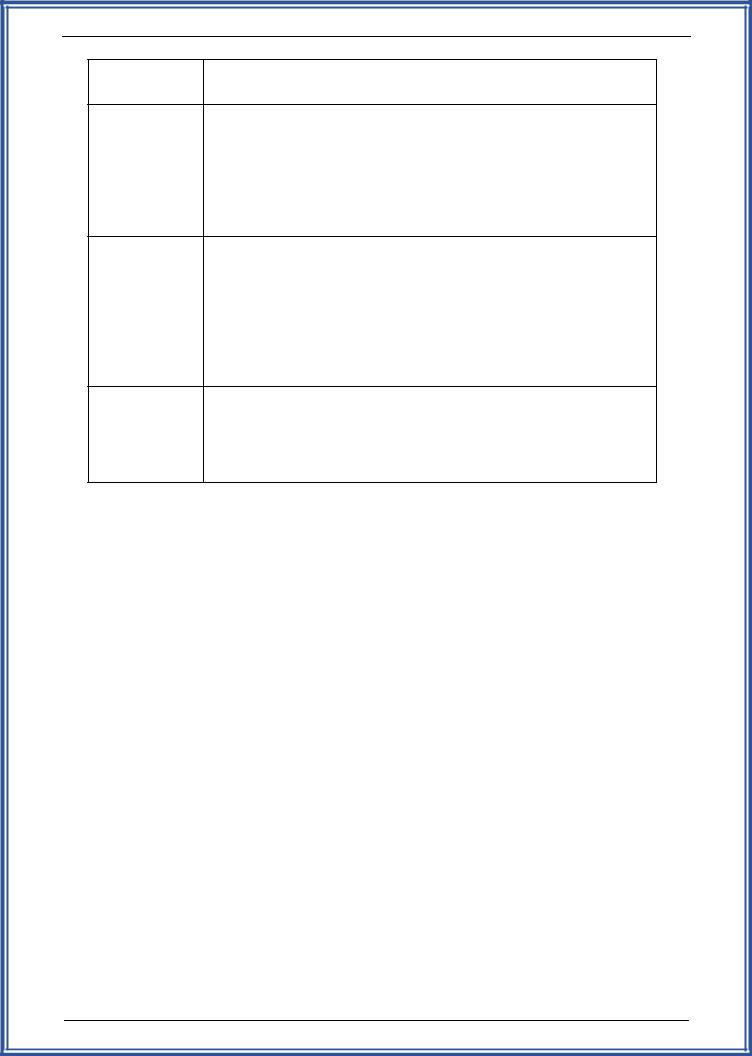
Process Piping Materials – Module 2 – M06-036
of failures. It also provides information on the specifications of steel pipes, pipe grades, and ASTM material designation.
CHAPTER -2: THERMAL EXPANSION AND FLEXIBILITY
This chapter discusses the pipe failures due to stress caused by temperature variations and material expansion and contraction. It provides methods of increasing flexibility in the design by use of expansion loops, expansion joints, anchors and guides, and directional changes.
CHAPTER -3: PIPE STRESS ANALYSIS
This chapter discusses the fundamental concepts and factors responsible for pipe stress. It discusses theories of failure, hoop and longitudinal stresses, and acceptability conditions for allowable stress as prescribed by ASME B31.1 and B31.3 codes. It provides information on analyzing equipment nozzle loads, various prerequisites, tools and checklists for stress analysis.
CHAPTER -4: PIPE SUPPORTS SPACING
This chapter discusses the allowable pipe spans based on stress and deflection criteria. It includes examples to calculate the support spans and provides recommended spacing table and thumb rules.
MODULE 9: |
PROCESS PIPING CORROSION, INSULATION AND TESTING |
|
|
|
|
CHAPTER– 1: |
|
PIPE CORROSION AND COATINGS |
|
|
This chapter discusses corrosion basics and the types of corrosion |
|
|
including Galvanic Corrosion, Pitting Corrosion, Selective Leaching, SS |
|
|
Corrosion, Crevice Corrosion, Microbial Corrosion, Cavitation and Erosive |
|
|
Corrosion, Chemical Corrosion, High-temperature Corrosion, Stray |
|
|
Current Corrosion, Stress Corrosion Cracking, etc. It discusses the |
|
|
different methods of protection from corrosion, material selection, use |
|
|
of inhibitors, cathodic protection, galvanizing, surface treatments, etc. |
|
|
|
CHAPTER -2: |
|
PIPE INSULATION |
|
|
This chapter discusses the different types of insulation materials and |
|
|
their applications. It provides the characteristics of common insulating |
|
|
materials such as Mineral Fiber, Cellular Materials, Calcium Silicate, |
|
|
Expanded Silica (Perlite), Elastomeric Foam, Foamed Plastic, Expanded |
|
|
Polystyrene and Polyurethane (PUR). It provides information on the |
|
|
protective coverings and finishes. |
|
|
|
CHAPTER -3: |
|
PRESSURE AND LEAK TESTING |
|
|
This chapter discusses the Hydrostatic and Pneumatic Testing methods, |
|
|
their requirements, challenges, and pros and cons. It describes when to |
|
|
perform the pressure testing and the applicable test pressures. |
|
|
|
A-6
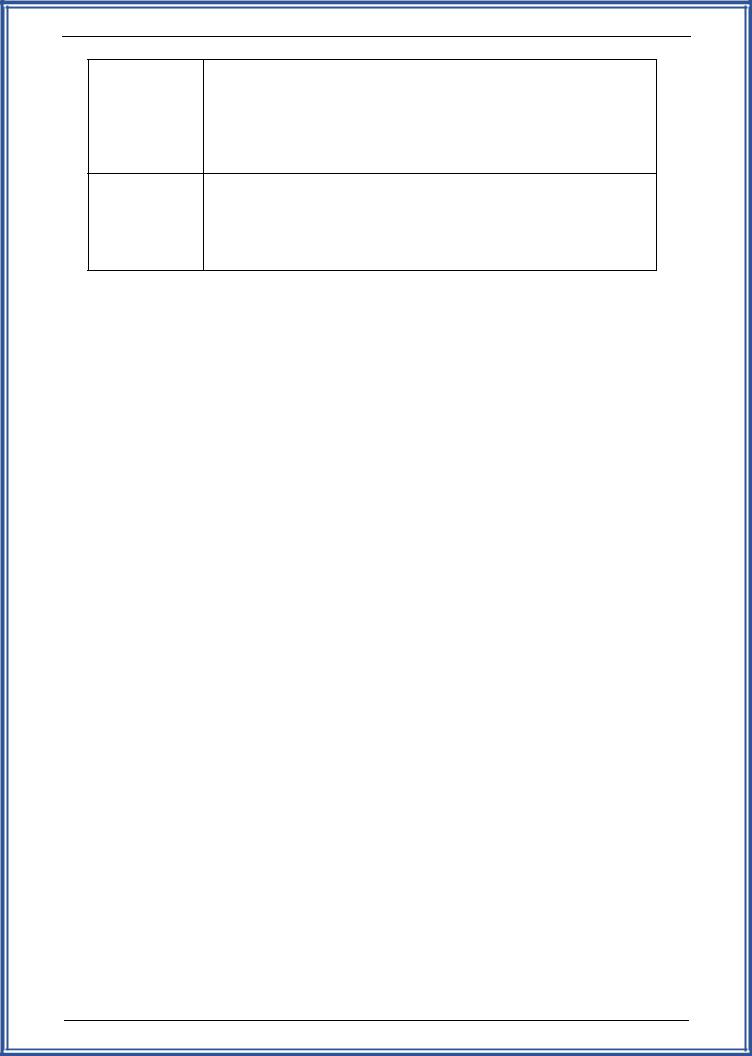
Process Piping Materials – Module 2 – M06-036
CHAPTER -4: INSPECTION AND TESTING
This chapter discusses various destructive and non-destructive testing methods such as Ultrasonic Testing, Eddy-Current Testing, Magnetic Particle Testing, Radiographic (X-Ray) Testing, and Dye-penetrant Testing, etc. It discusses the importance of material traceability.
CHAPTER -5: PIPE AND COMPONENT IDENTIFICATION
This chapter discusses the need for marking and color coding for pipe identification, pipe labelling in plant, component identification, packing and preservation, etc.
********
A-7
